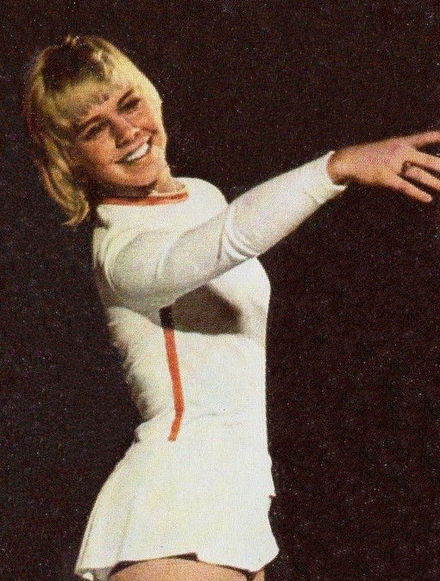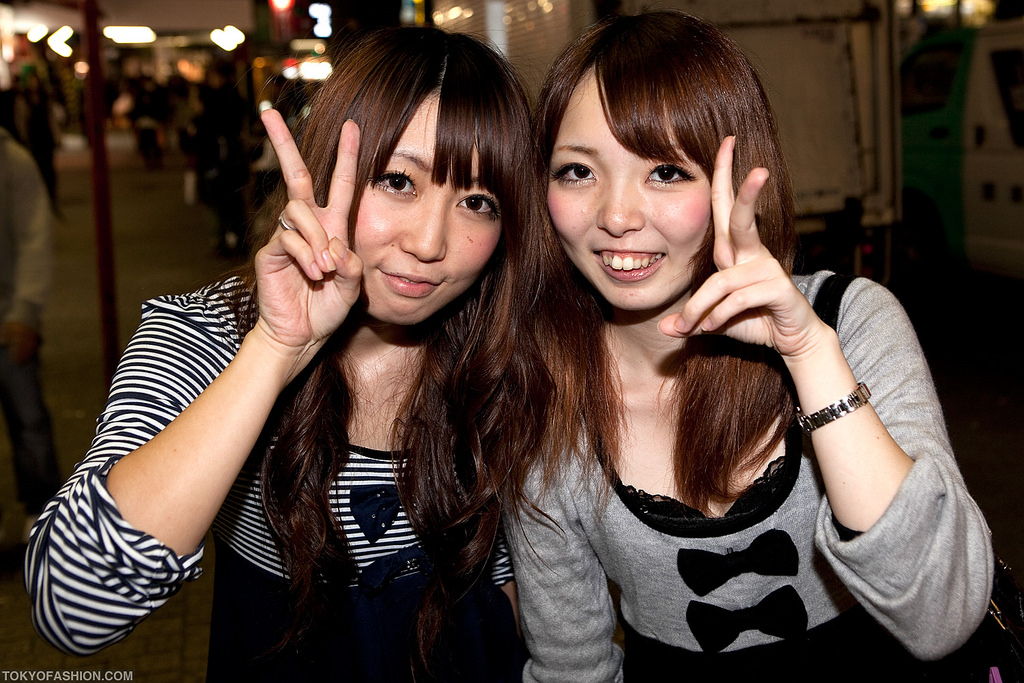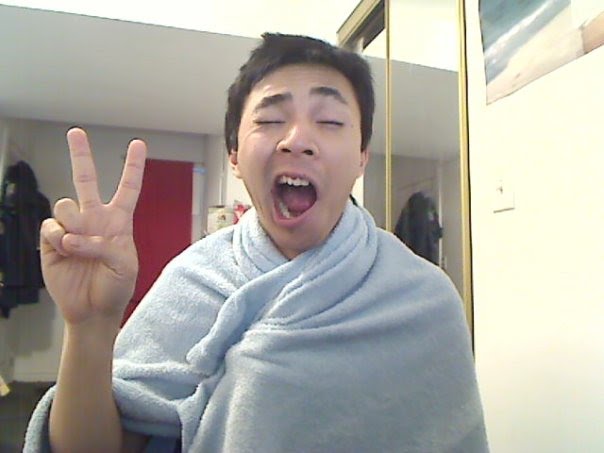Why Do Asians Love To Hold Up The 'Peace' Sign In Photos?
The gesture's origins date back no further than the late 1960s.
You've seen it more often than not in photos and chances are you've flashed it during a group shot.
Yes, we're talking about the super popular "peace" sign!
So kawaii~~
But have you ever wondered why the sign is so popular in this part of the world? What's the story behind it?
Before we go into the trend itself, let's take a look at when the "V" sign was first used. During WWII, Victor de Laveleye, a former Belgian Minister of Justice, proposed the sign in a news broadcast as a way to rally support for the war.
It spread all over Europe and even world leaders like Winston Churchill used it. However, the sign meant "victory" not "peace" at that time.
When US President Richard Nixon used the sign to declare victory in the Vietnam War, those who were against the war changed the meaning of the sign to "peace" as a way of protesting the war.
So how did the sign become so popular in Asia? It, apparently, started with an American figure skater.
Janet Lynn was American figure skater who took part in the 1972 Olympics in Japan. She was favoured to take home the gold, but the 18-year-old’s dream came crashing down when she fell during her performance.
Instead of grimacing, she simply smiled which shocked the crowd because it went against the Japanese norm of "saving face".
She became an overnight celebrity all over Japan and began media tours around the country. During the tours, she habitually flashed the sign.
Around the same time, the "V" sign was also entering mainstream consciousness through manga
The gesture appeared on the 1968 baseball manga 'Kyojin no Hoshi' (Star of the Giants), where the main character gets a much-needed approval from his father when he throws up the "V" sign during a critical part of the story.
While Lynn had some influence on the widespread usage of the sign, advertising probably had the most impact on it’s popularity
One of the most popular Japanese celebrity that time, Jun Inoue, was seen flashing a "V" sign during commercials for Konica cameras.
"In Japan, I have seen the Inoue Jun theory advanced most often as an explanation for the origin of this practice,” said Jason Karlin, an associate professor at the University of Tokyo and an expert on Japanese media culture as quoted by TIME.
With the increased productions of cameras and the trend of looking kawaii amongst Japanese young women, the gesture started gaining more traction and could be seen in more and more photos
The "V" sign proliferated much like today’s “duck face” pouts on Instagram and Facebook.
Soon enough, Japanese pop culture started spreading to other parts of Asia and the fashionable "V" sign began seeping into China, Taiwan, South Korea, and Malaysia
While there are prominent meanings behind the gesture, it’s become a habit in popular culture where many can’t seem to find a clear reason why they do it.
Imma Liu, a child from Hong Kong, told Time that she didn’t know why she likes making the gesture, but simply feels “happy” when she does it.








